Connect with our Expert Panel or dive into the Knowledge platform
In response to the expressed needs of Parties, the IDFB will introduce a new Helpline for Parties who are looking for more technical and practical knowledge, as well as hands-on experience in regards to the alignment of finance and biodiversity.


Introducing the Helpline
In response to the expressed needs of Parties, the IDFB will introduce a new Helpline for Parties who are looking for more technical and practical knowledge, as well as hands-on experience in regards to the alignment of finance and biodiversity.
The IDFB wants to give Parties the opportunity to share their challenges, suggestions, and questions when it comes to translating progress on the topic of financial alignment into the design and implementation of a strong GBF. The helpline – or knowledge platform – can share questions online and in some cases consult a network of expert organisations.
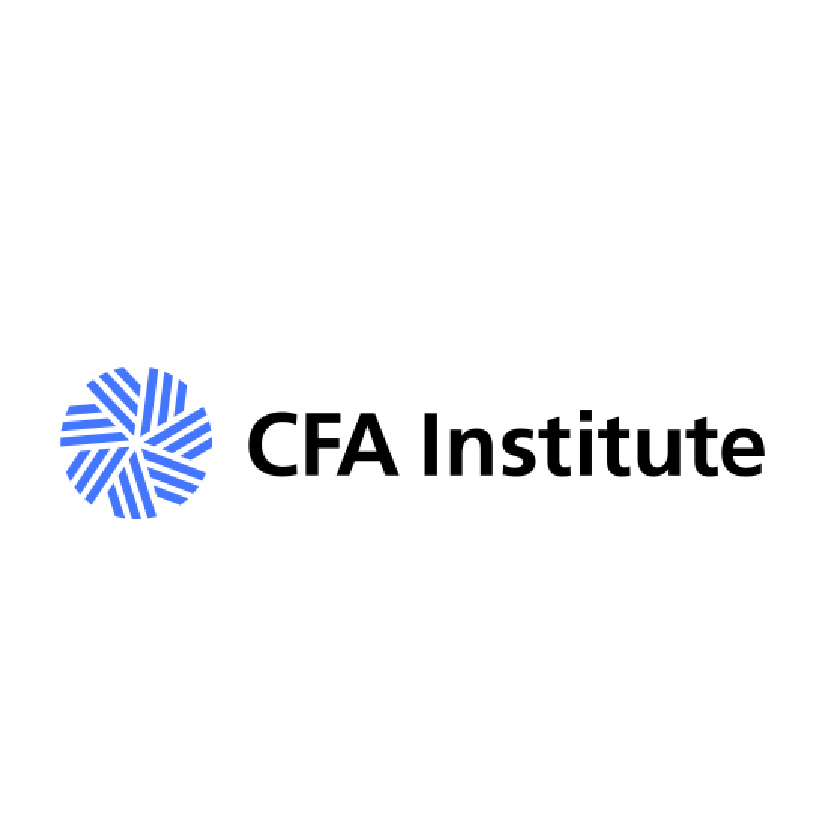
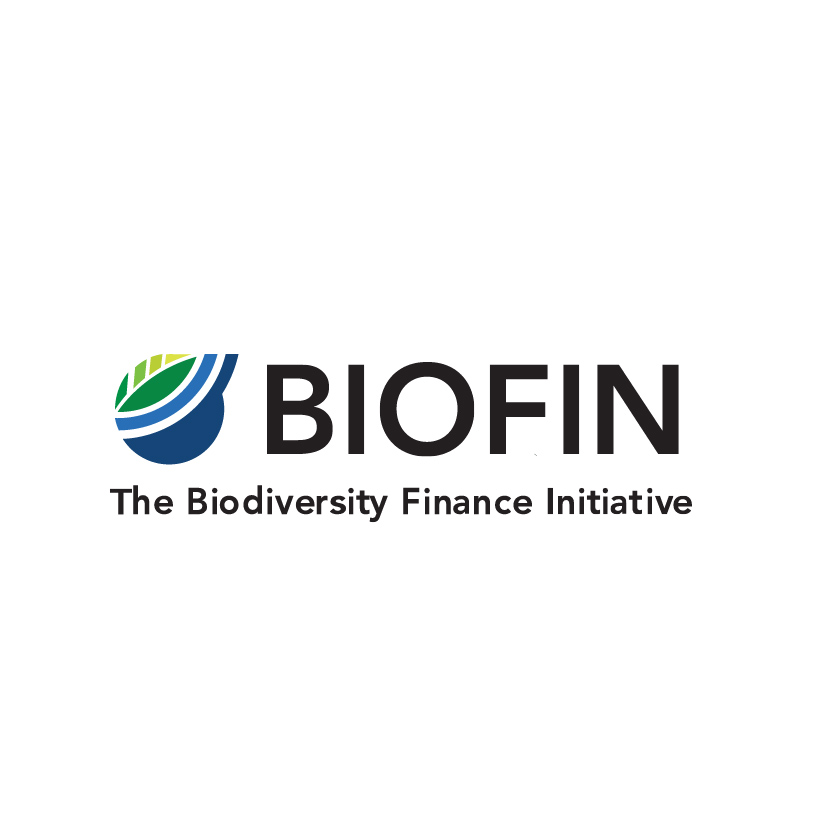
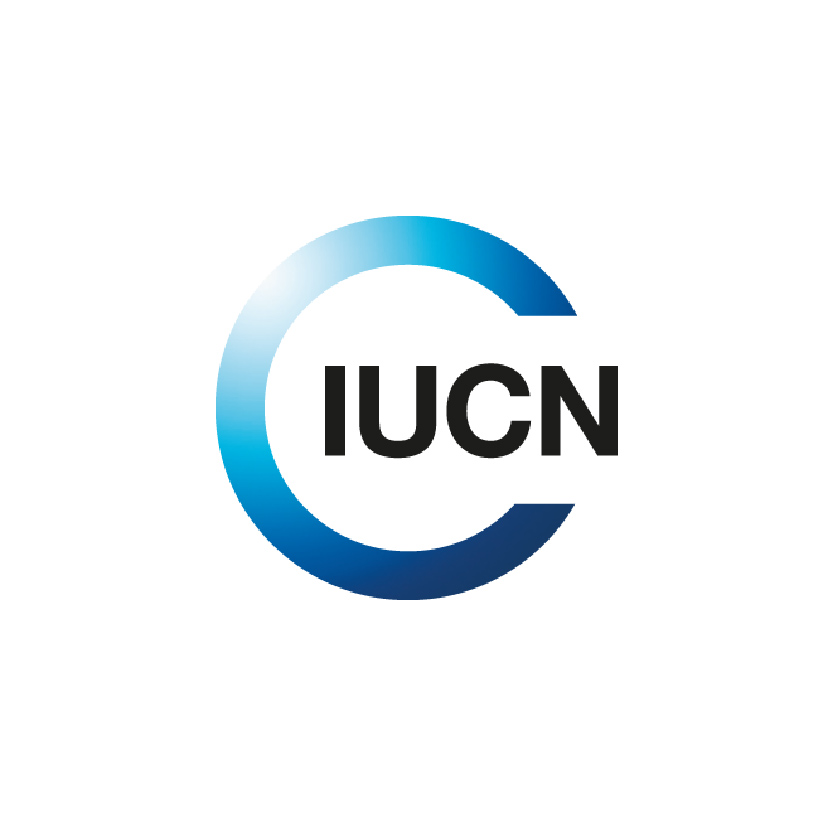
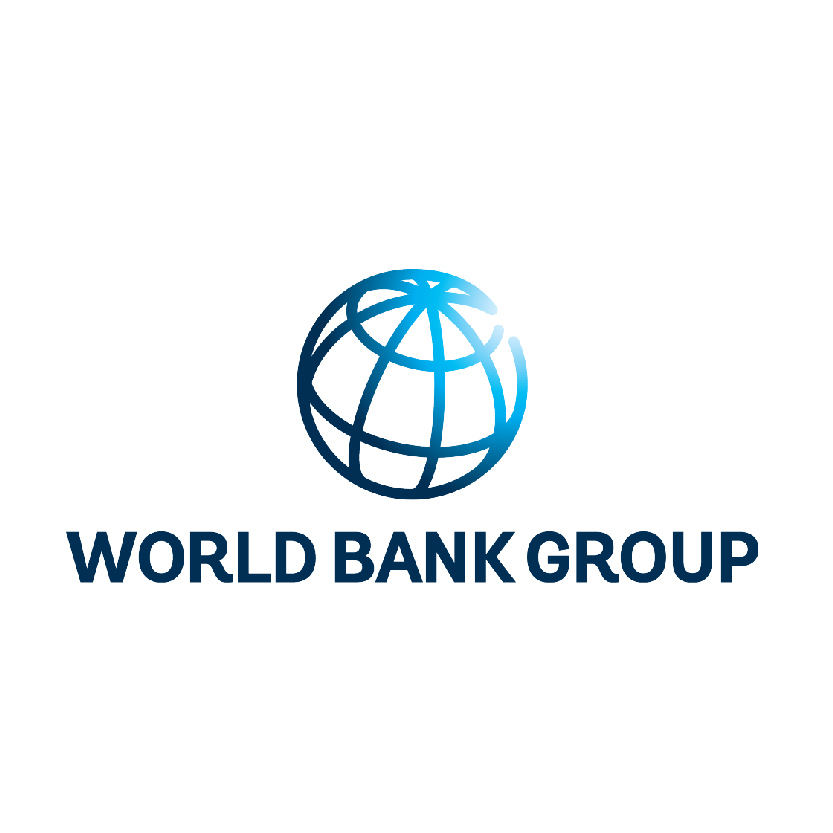

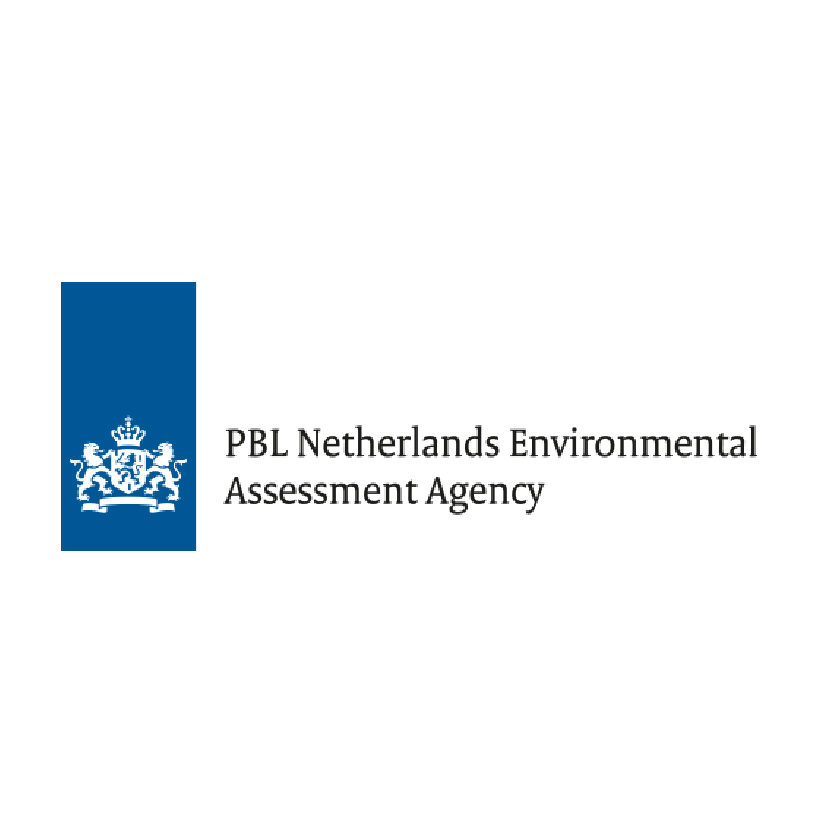

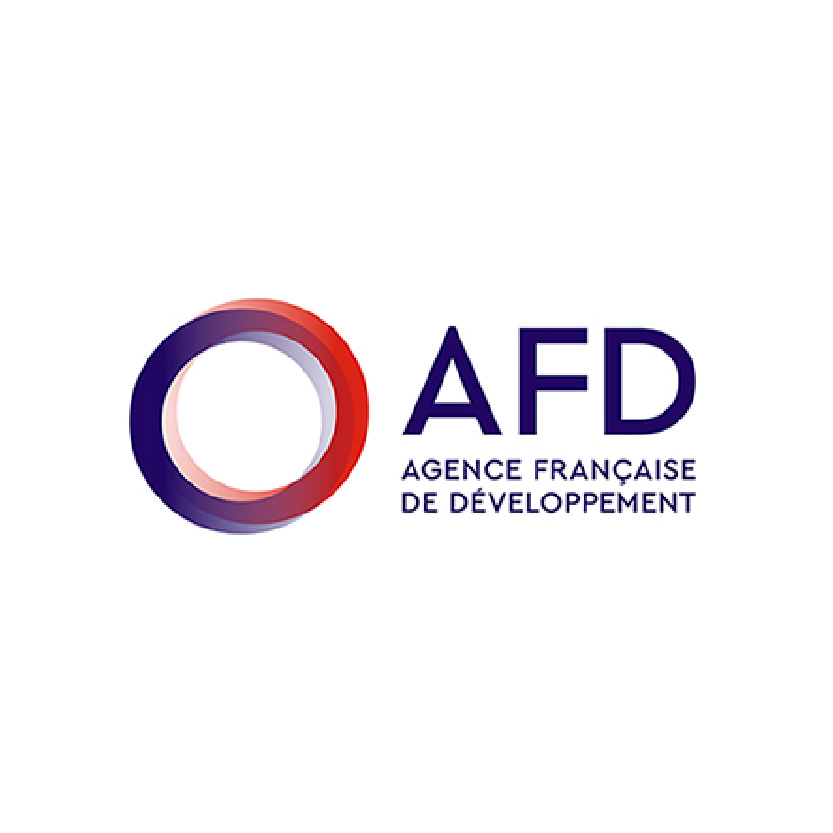
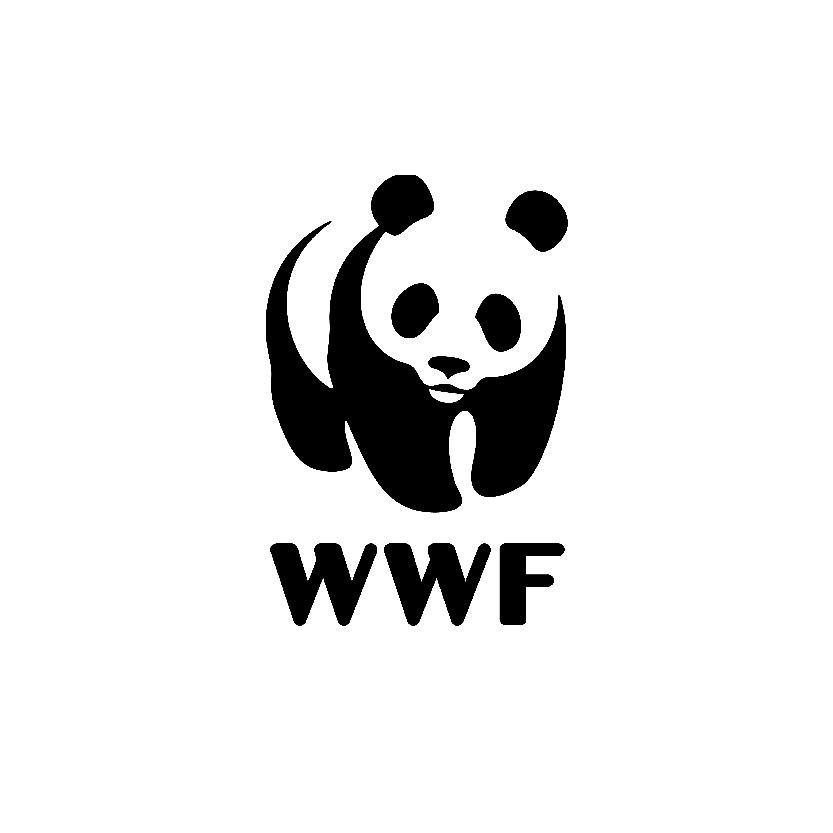
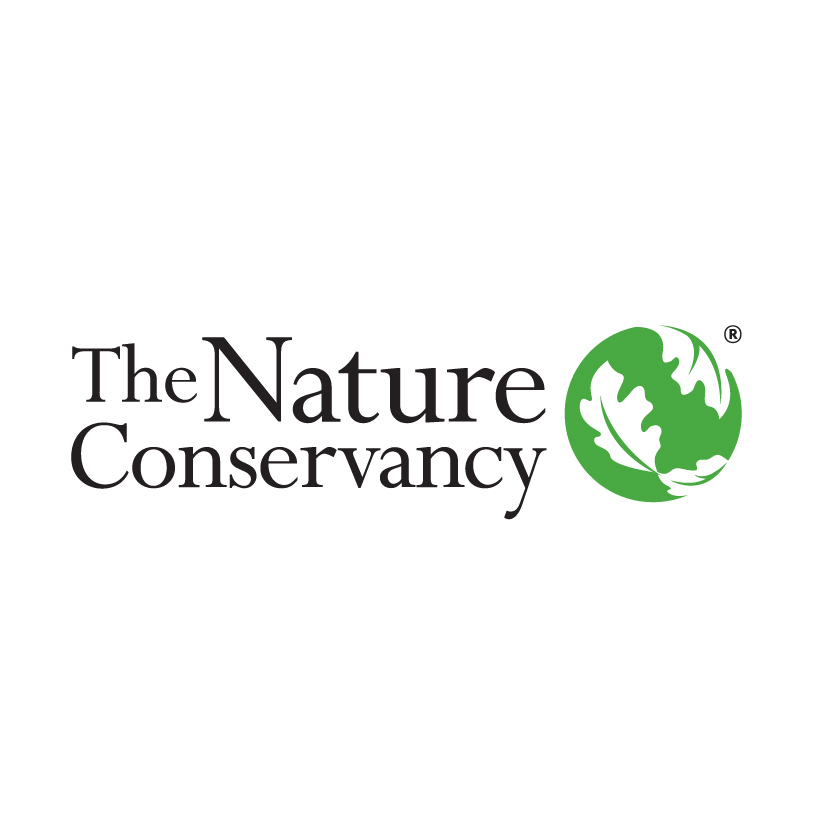
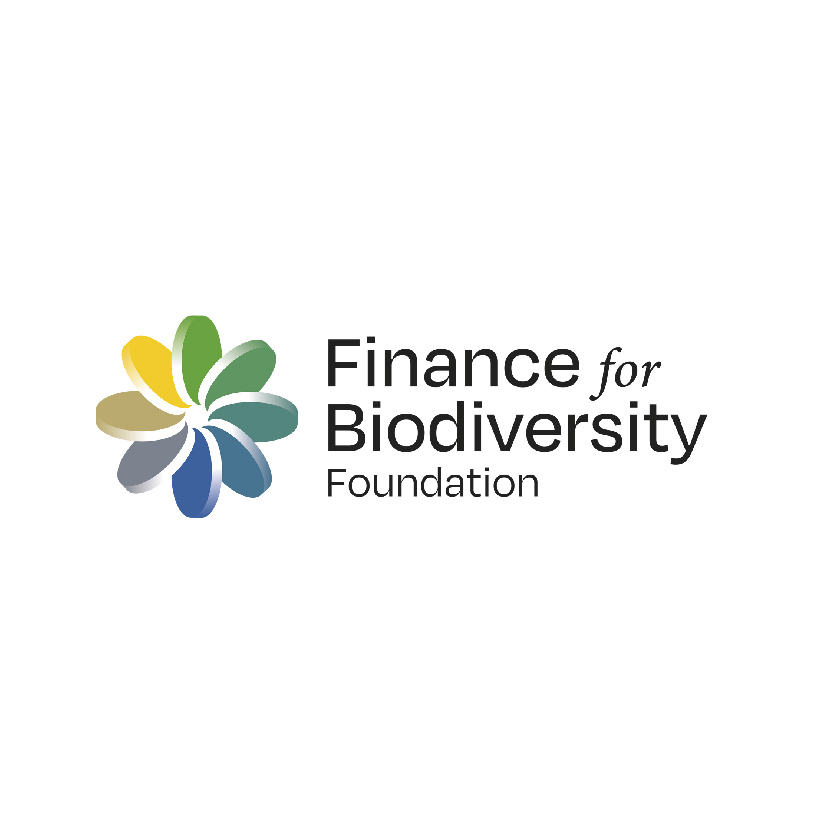
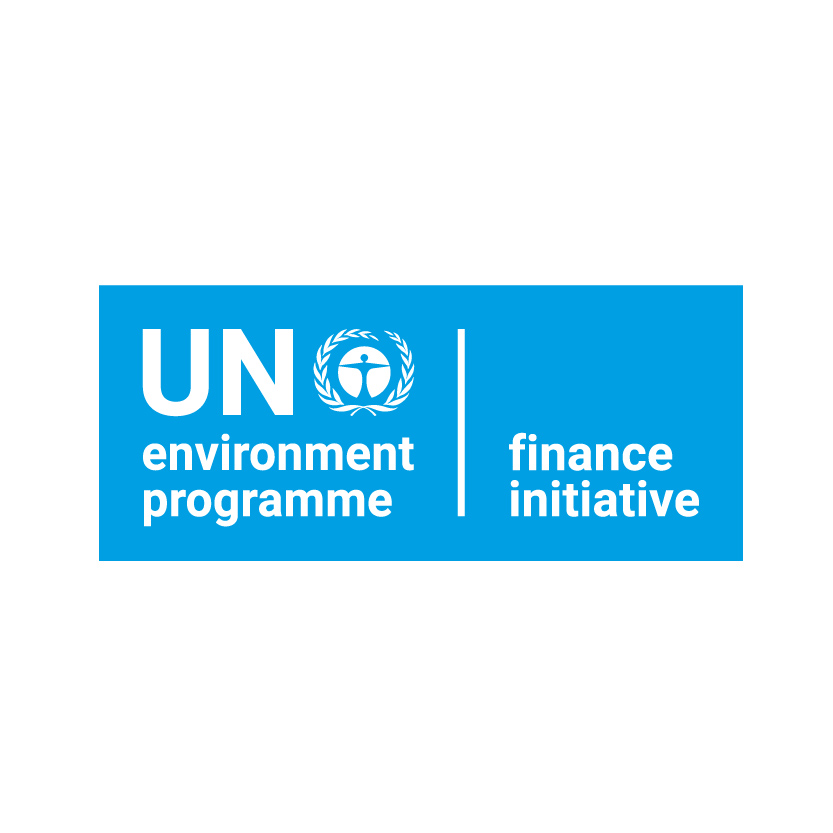

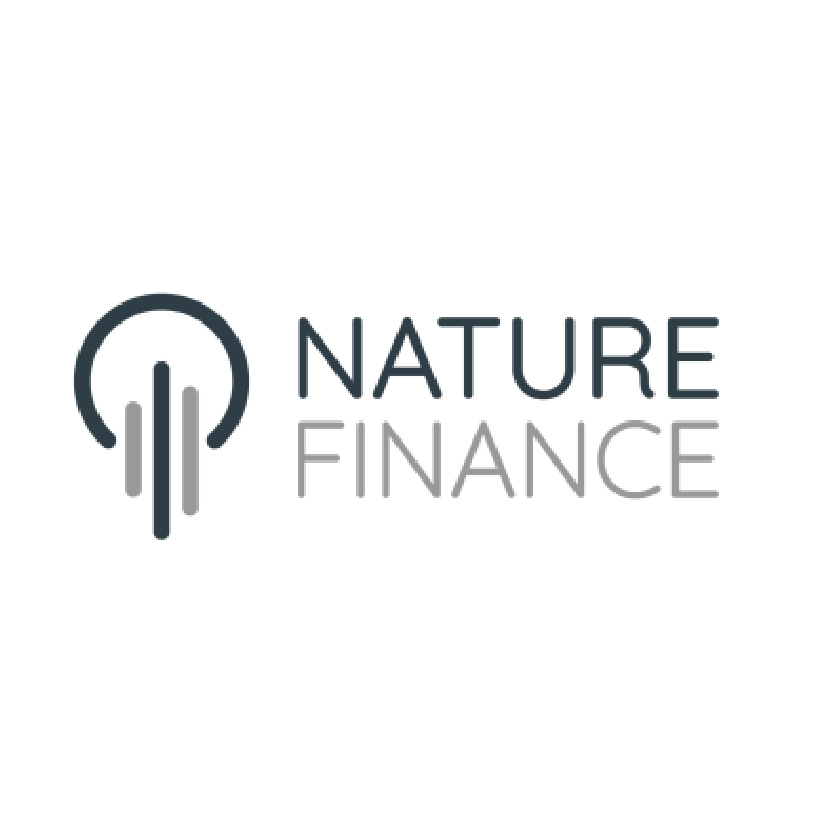
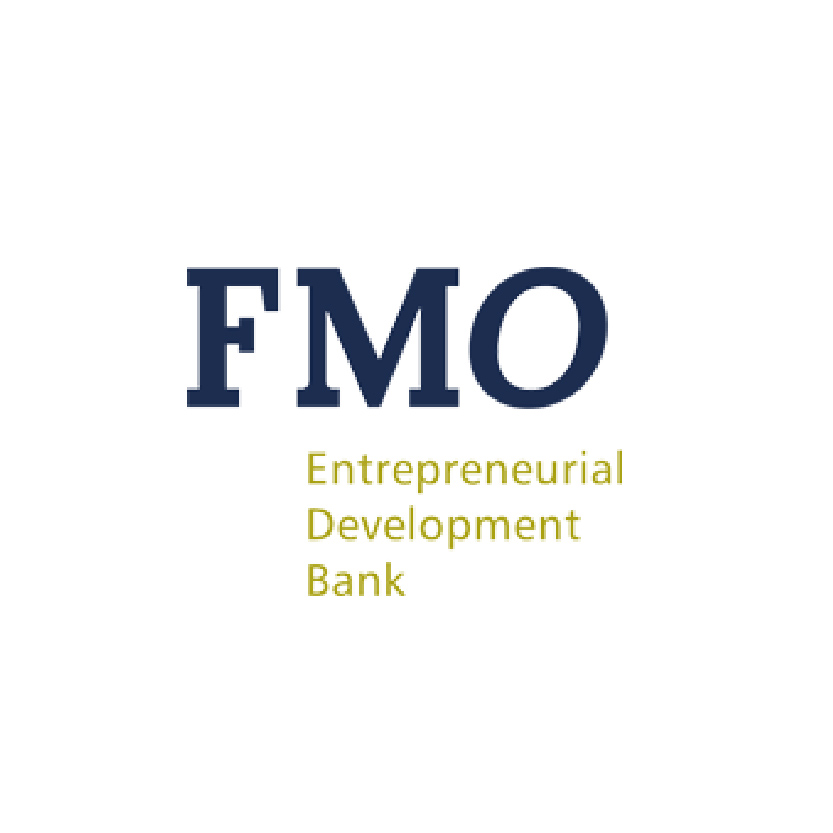
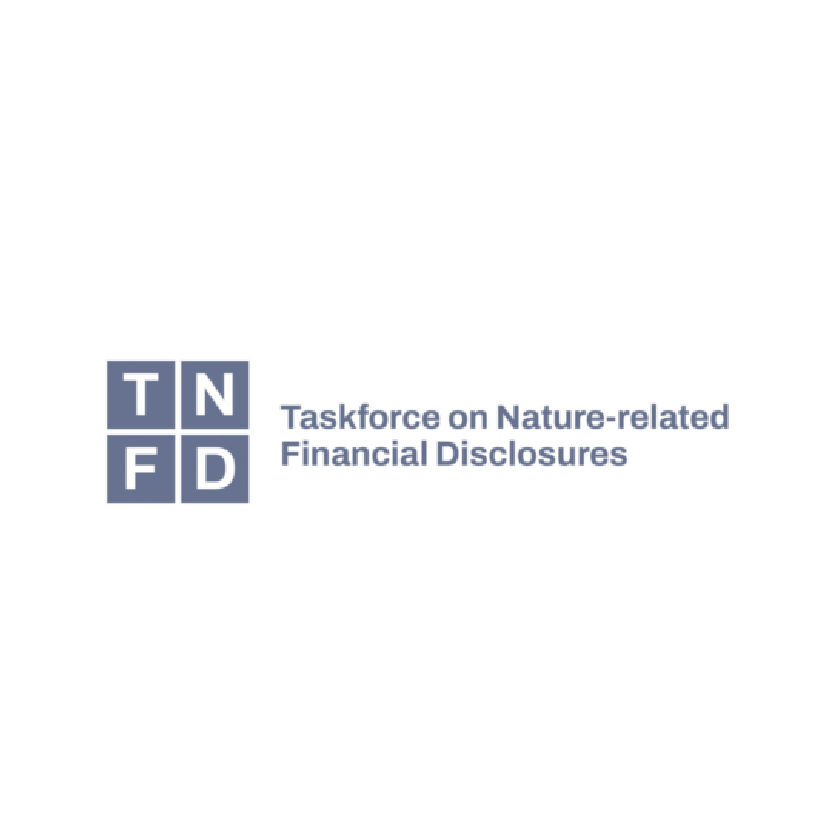
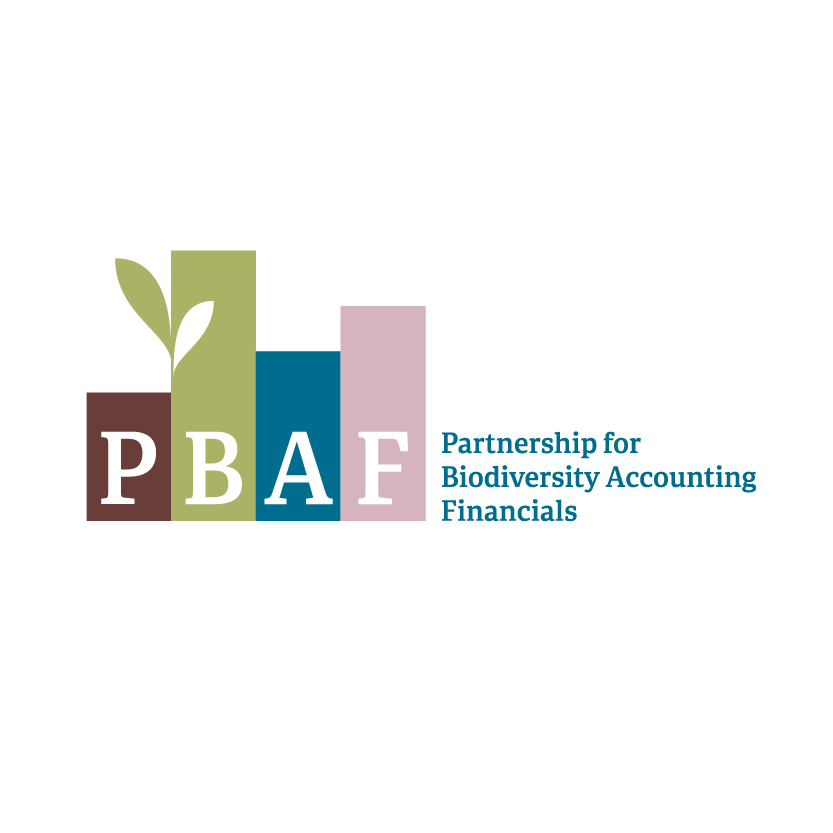
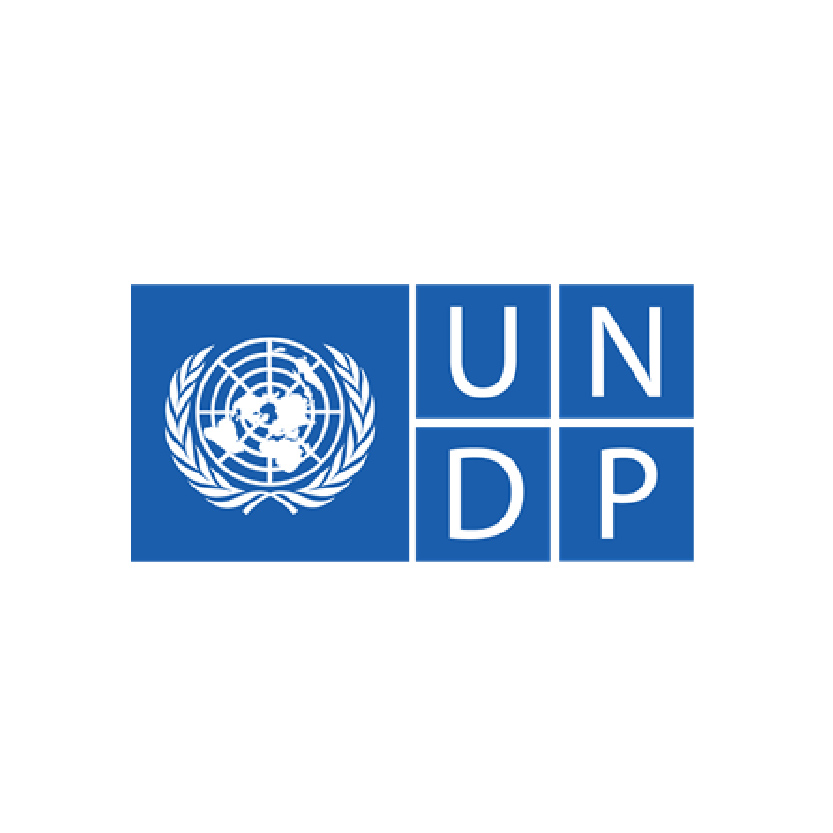
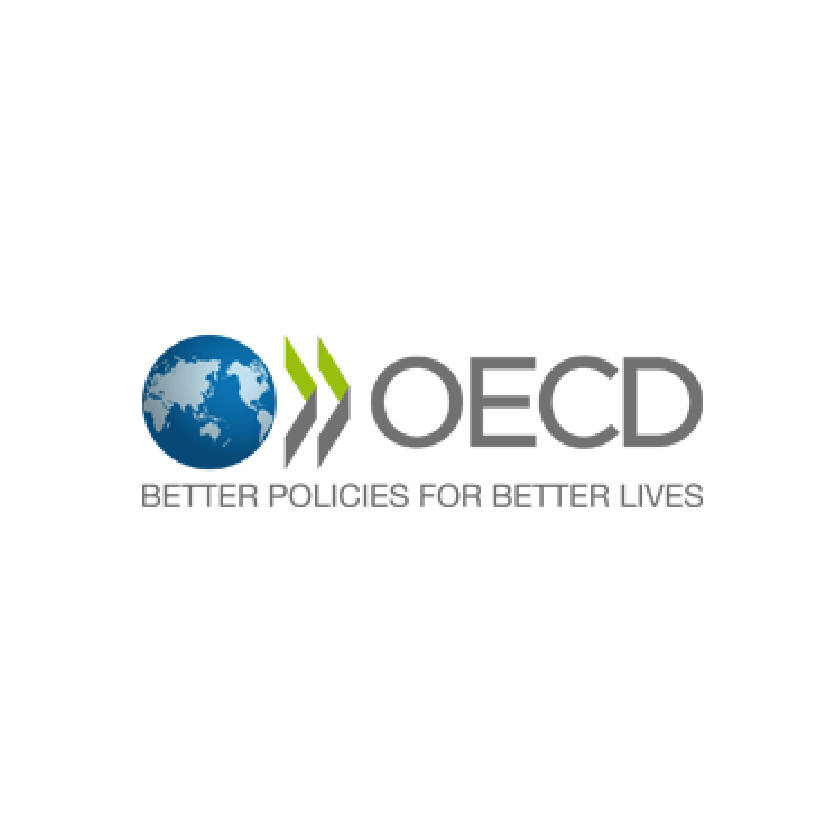
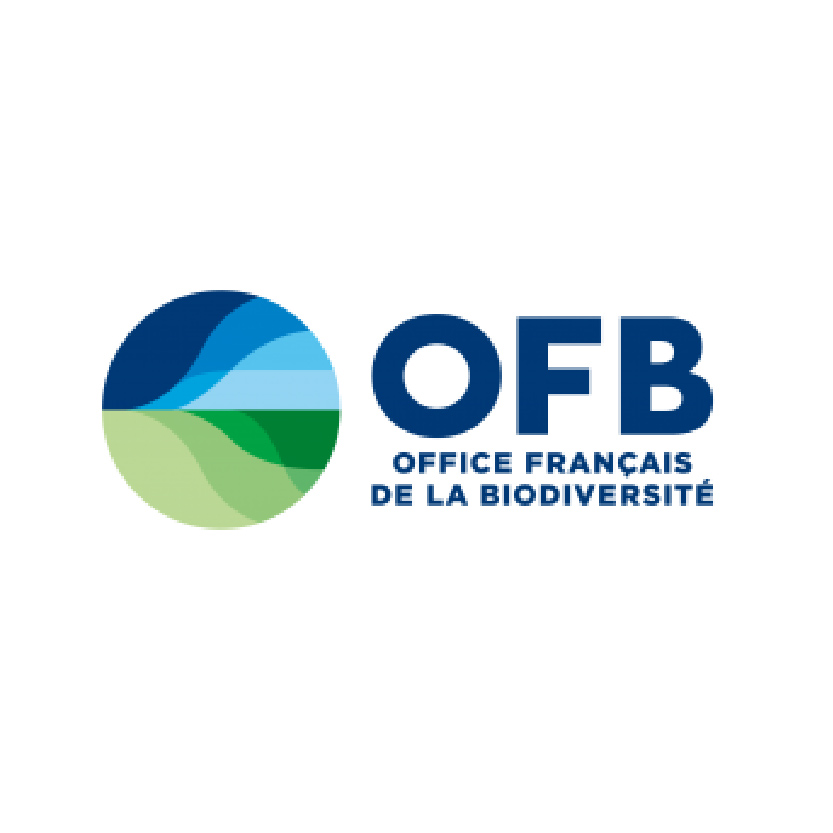
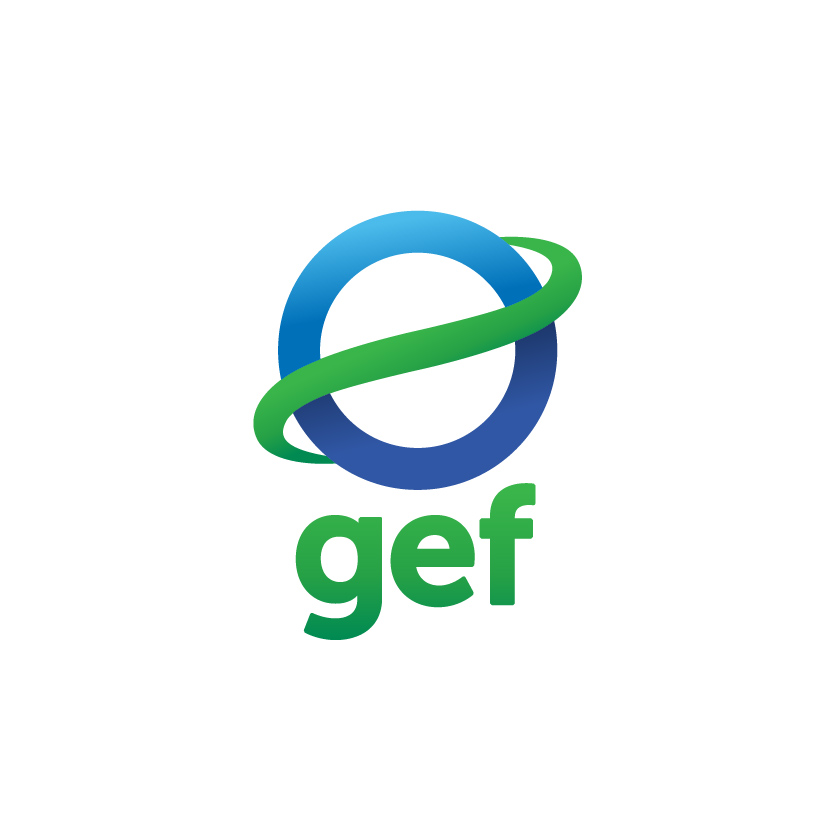
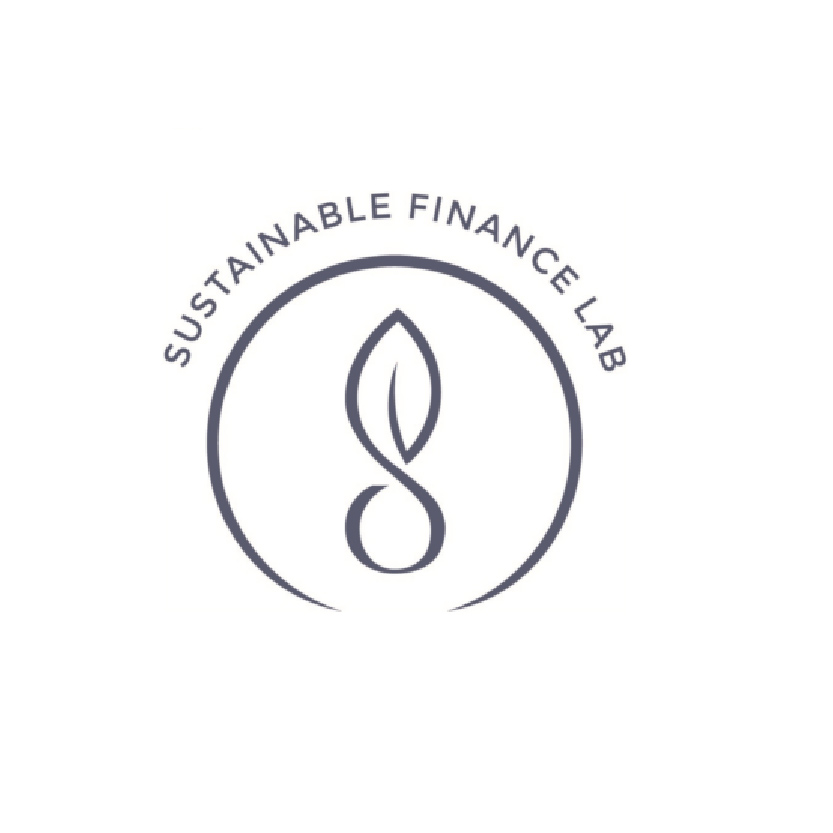
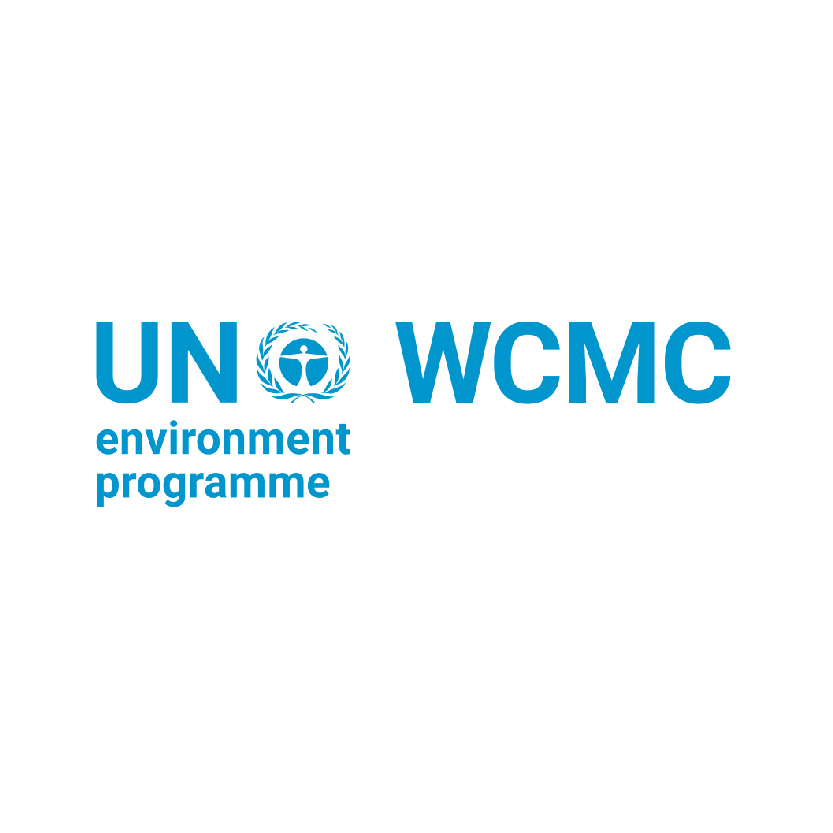

Questions for our expert panel
Our expert panel is here to answer all of your questions and provide the support you need. With specialists in finance, biodiversity, and sustainable development, our team is dedicated to offering comprehensive insights and solutions. Browse the sample questions listed, or get in touch with us via the contact form.
Members of the IDFB discussed the importance of sharing best practices and guidance in regard to implementing National Biodiversity Strategies and Action Plans (NBSAPs) and National Biodiversity Finance Plans (NBFPs) – which are expected to become important planning tools under the GBF. IDFB members indicated the need for more practical knowledge and guidance to be made available on this topic. The development of such plans is important in helping to identify the critical institutional and finance gaps at the national level, as well as for developing and implementing targeted resource mobilisation strategies for biodiversity finance. This does require that parties have the capacities and resources to develop cost estimates so as to be able to implement the NBSAPs and NBFPs. Further research would help countries to improve understanding of issues, including: overcoming existing knowledge gaps, remaining capacity development needs, identifying readily available funds for biodiversity, translating the alignment of flows at the national level, and in identifying public funding windows which could help to leverage private investment in a given country.
Provisional answer
There are examples of countries that are in the process of finalising their NBFPs and NBSAPs. For example, South Africa presented its NBSAP during the 5th IDFB meeting. This NBSAP was developed by the Department of Environmental Affairs and BIOFIN, in collaboration with other stakeholders such as the National Treasury. More information on resource mobilisation for biodiversity and the BIOFIN process can be found here. For further information regarding best practices for developing NBSAPs and NBFPs, please visit:
BIOFIN Website: Homepage | BIOFIN,
BIOFIN Blog: 10 things you should know about NBFP
Additionally, the IDFB is exploring the idea of developing a dummy National Biodiversity Finance Plan in order to improve the understanding, and increase technical knowledge, of this topic.
We will continue to discuss this issue with our panel of experts and will update this answer with additional documents soon.
Financial institutions are increasingly aware that, alongside climate change, the loss of biodiversity and the related decline in ecosystem services are creating new risks for businesses and exacerbating existing systemic risks in the financial system. Establishing an enabling policy environment that supports financial institutions in better managing these risks and in capitalising on opportunities is key. Within the negotiations for the Global Biodiversity Framework (GBF), more and more attention is being directed towards the alignment of the financial sector with the goals of the GBF.
Members of the IDFB, whilst speaking about alignment, voiced that there is a need to consider how alignment should be measured and monitored. A follow-up question posed to the IDFB was thus:
What methods are available to measure and monitor the alignment of financial flows so as to create a more tangible and applicable understanding of the concept for the parties?
Provisional answer
In December 2021, the Convention on Biological Diversity (CBD) & United Nations Environment Programme (UNEP) hosted a workshop on Aligning Financial Flows with the Post-2020 Global Biodiversity Framework. Please visit the IDFB website’s resource page to find the synthesis policy paper on this, as well as a follow up CBD workshop The Financial Sector and the Post-2020 GBF, and how this can be operationalised via public and private institutions, as well as key partners.
The IDFB secretariat is now working on a draft note on ‘alignment of all financial flows’ which intends to look at what methods are available to measure and monitor the alignment of financial flows in order to create a more tangible and applicable understanding of the concept for the parties.
We will continue to explore answers and discuss this issue with our panel of experts and will update this answer with additional documents. Please let us know if you are interested in receiving updates on this subject, or if you would like to share your own contributions.
The IDFB Team are currently developing an additional guidance document on lessons learned and best practices for developing NBFPs based on the work of BIOFIN. This document is intended to be used as a useful complementary resource for those developing NBFPs, in addition to other resources and work being done by BIOFIN, WWF and the IUCN. The first draft will be available in mid-September for review by members of the IDFB community. A final version of the additional guidance document will then be made available in October, in the run up to COP16.
The IDFB team are collating dcollections of examples of best practices and good examples of finance mechanisms for nature from across the globe. They are available under the ‘Best Practices‘ section under the Resource Hub of the IDFB website.
Get in touch with us!
If you have any questions or need support, please fill out the contact form. Our expert panel is ready to provide you with the information and assistance you need. Whether you’re inquiring about our initiatives, seeking guidance on finance and biodiversity integration, or exploring potential collaborations, we’re here to help.
We value your input and look forward to connecting with you!
The IDFB is an initiative by the Government of The Netherlands. For any inquiries, please contact us through the contact form on our website.
The IDFB secretariat is powered by Nature^Squared


